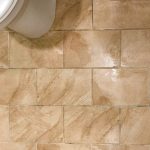Unveiling the Past: Identifying Asbestos Ceiling Tiles Through Pictures
Asbestos ceiling tiles were once a common building material used in homes and commercial properties due to their durability, fire resistance, and sound absorption properties. However, as awareness of the health risks associated with asbestos exposure has grown, identifying and safely managing these materials has become increasingly important. In this comprehensive guide, we’ll explore how to identify asbestos ceiling tiles through pictures, providing valuable insights into their appearance, characteristics, and potential hazards.
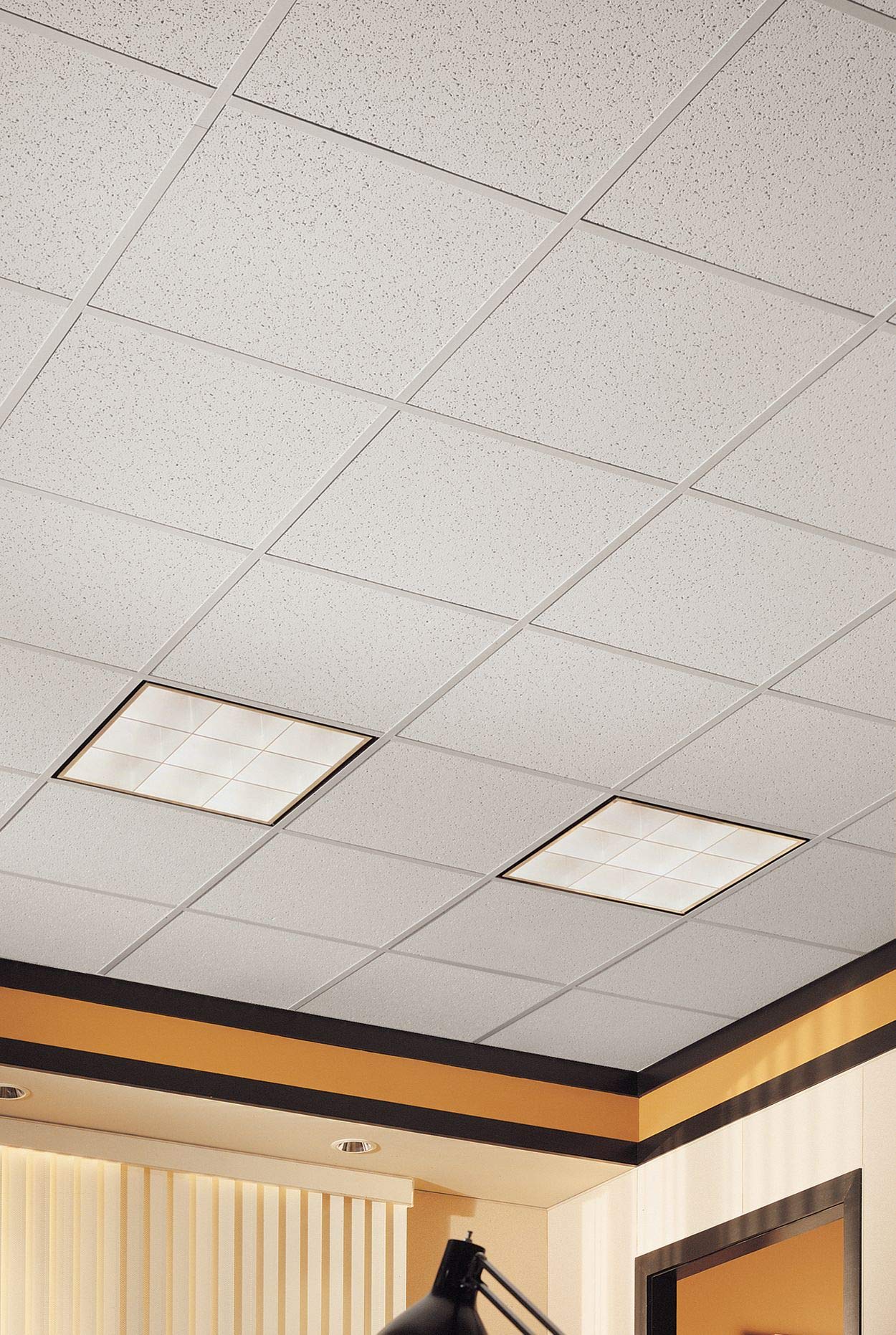
Understanding Asbestos: A Brief Overview
Asbestos is a naturally occurring mineral known for its heat resistance, strength, and insulating properties. It was widely used in construction materials such as ceiling tiles, floor tiles, insulation, and roofing materials throughout much of the 20th century. However, exposure to asbestos fibers can pose serious health risks, including lung cancer, mesothelioma, and asbestosis, a chronic lung disease.
Identifying Asbestos Ceiling Tiles: Visual Characteristics
Asbestos ceiling tiles were commonly use in both residential and commercial buildings from the 1940s to the 1980s. While the presence of asbestos cannot be confirmed by visual inspection alone, certain visual characteristics can indicate the potential presence of asbestos in ceiling tiles. Some key visual characteristics to look for include:
- Appearance: Asbestos ceiling tiles typically have a smooth, uniform surface texture with a square or rectangular shape. They may have a chalky white or grayish color, although they can also paint or textured to resemble other materials.
- Edges and Corners: Asbestos ceiling tiles often have square or tapered edges and sharp corners. They may also exhibit signs of wear and aging, such as chips, cracks, or discoloration.
- Fiber Content: Asbestos ceiling tiles may contain visible fibers or fibers embedded within the material. These fibers can vary in color and texture, ranging from white or gray to brown or yellow.
- Backing Material: Asbestos ceiling tiles may have a backing material made from paper, cardboard, or fiberglass, which can provide additional clues to their composition.
While these visual characteristics can provide some indication of the potential presence of asbestos in ceiling tiles, it’s important to note that visual inspection alone is not sufficient to confirm the presence of asbestos. To accurately identify asbestos-containing materials, professional testing and analysis by accredited laboratories are required.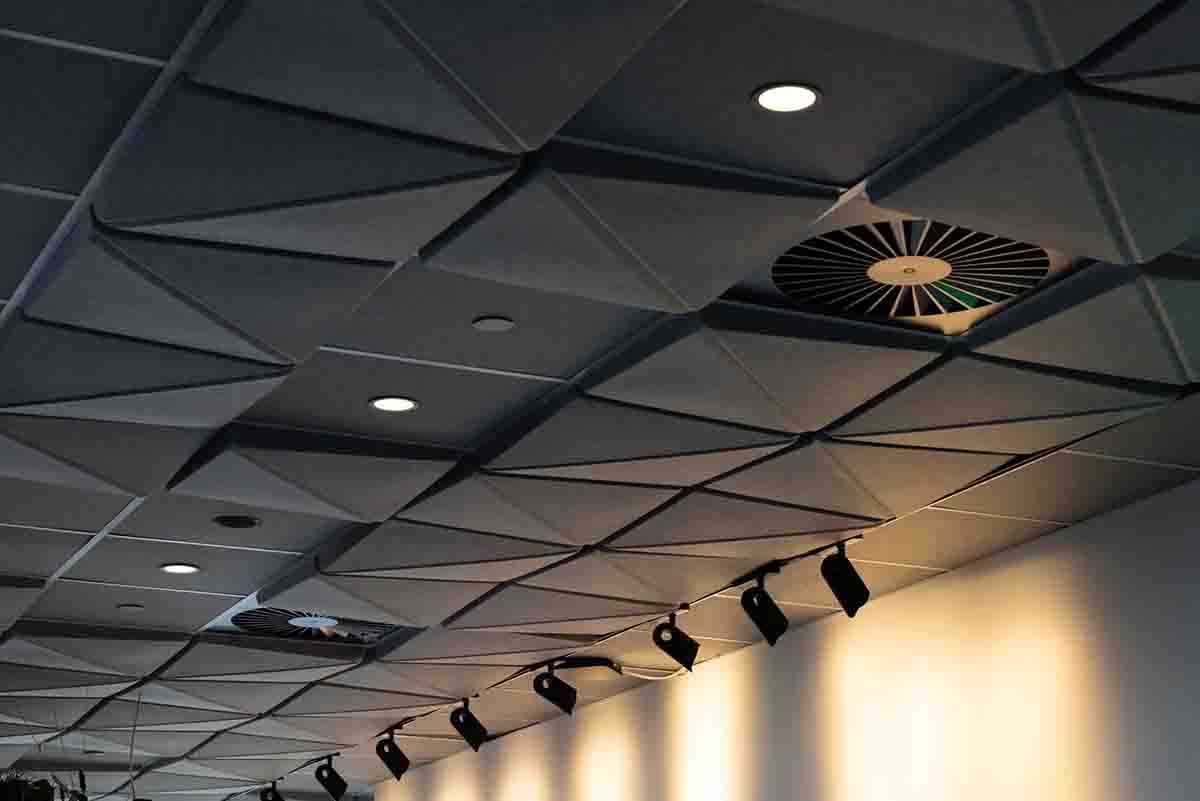
Common Types of Asbestos Ceiling Tiles: Recognizing Different Varieties
Asbestos ceiling tiles manufacture in various styles, sizes, and compositions, each with its own unique characteristics. Some common types of asbestos ceiling tiles include:
- 12” x 12” Tiles: One of the most common types of asbestos ceiling tiles, these tiles measure 12 inches by 12 inches and were often use in residential and commercial buildings from the 1950s to the 1980s. They typically have a smooth surface texture and square edges.
- 24” x 24” Tiles: Larger asbestos ceiling tiles measuring 24 inches by 24 inches commonly use in commercial buildings such as offices, schools, and hospitals. They may have a textured surface or be perforated for sound absorption.
- Textured Tiles: Some asbestos ceiling tiles feature textured or patterned surfaces to mimic the appearance of other materials such as plaster or wood. These tiles may have a raised or embossed pattern and can be square or rectangular in shape.
By familiarizing yourself with the common types of asbestos ceiling tiles and their visual characteristics, you can better recognize these materials and take appropriate steps to address potential hazards.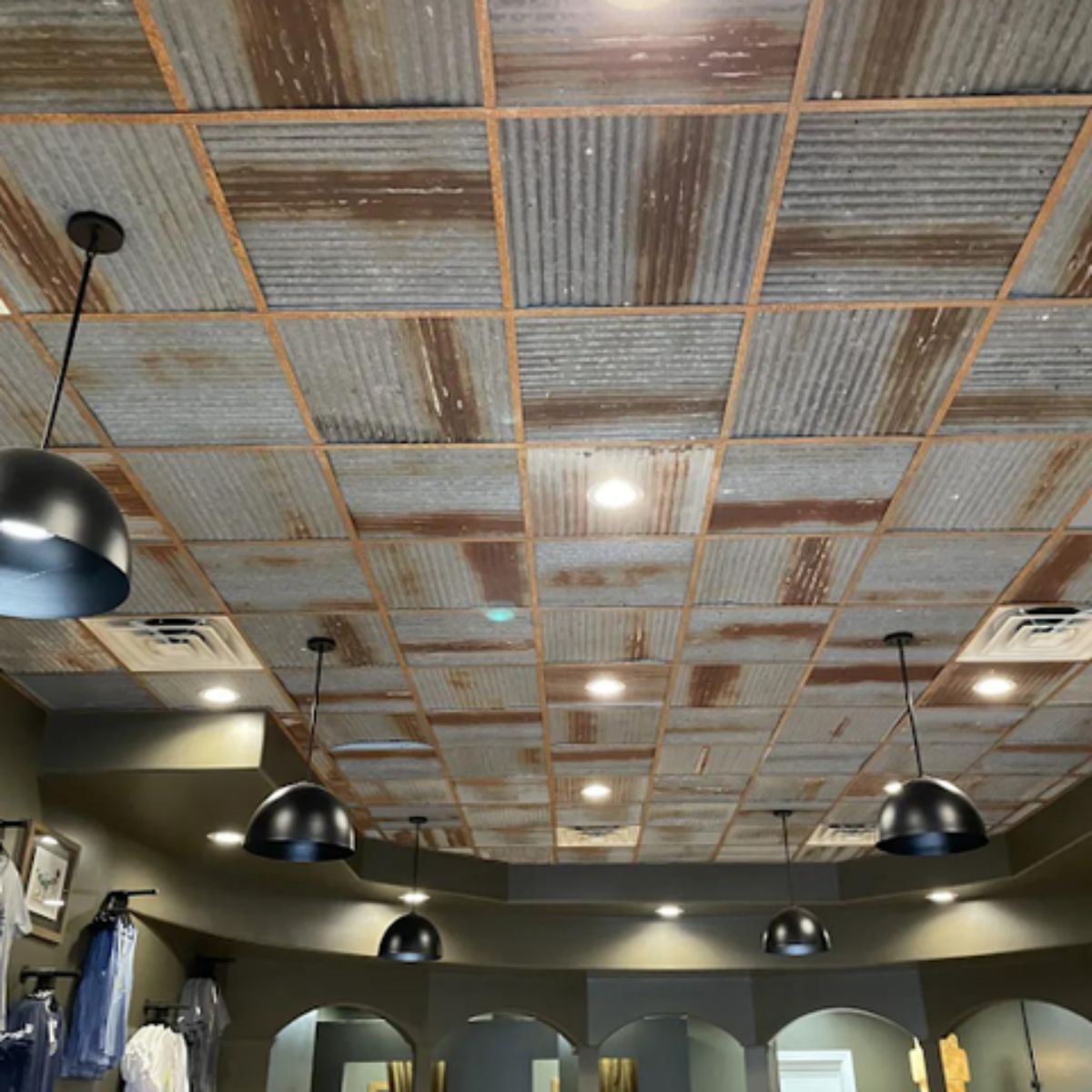
Using Pictures to Identify Asbestos Ceiling Tiles: Examples and Case Studies
To aid in the identification of asbestos ceiling tiles, it can be helpful to examine pictures and photographs of known asbestos-containing materials. Here are some examples and case studies illustrating different types of asbestos ceiling tiles:
- 12” x 12” Tiles: [Insert picture here]
- 24” x 24” Tiles: [Insert picture here]
- Textured Tiles: [Insert picture here]
- Glue-Up Tiles: [Insert picture here]
By comparing these pictures to the ceiling tiles in question, you can look for similarities in appearance, texture, and composition that may indicate the potential presence of asbestos.
Testing and Analysis: Confirming the Presence of Asbestos
While visual inspection and examination of pictures can provide valuable clues to the potential presence of asbestos in ceiling tiles, professional testing and analysis are necessary to confirm their composition definitively. Accredited laboratories can conduct bulk sample analysis or microscopy to identify asbestos fibers and determine their concentration in building materials. If you suspect that your ceiling tiles contain asbestos, it’s essential to consult with qualified professionals and follow proper testing and abatement procedures to ensure the safety of occupants and workers.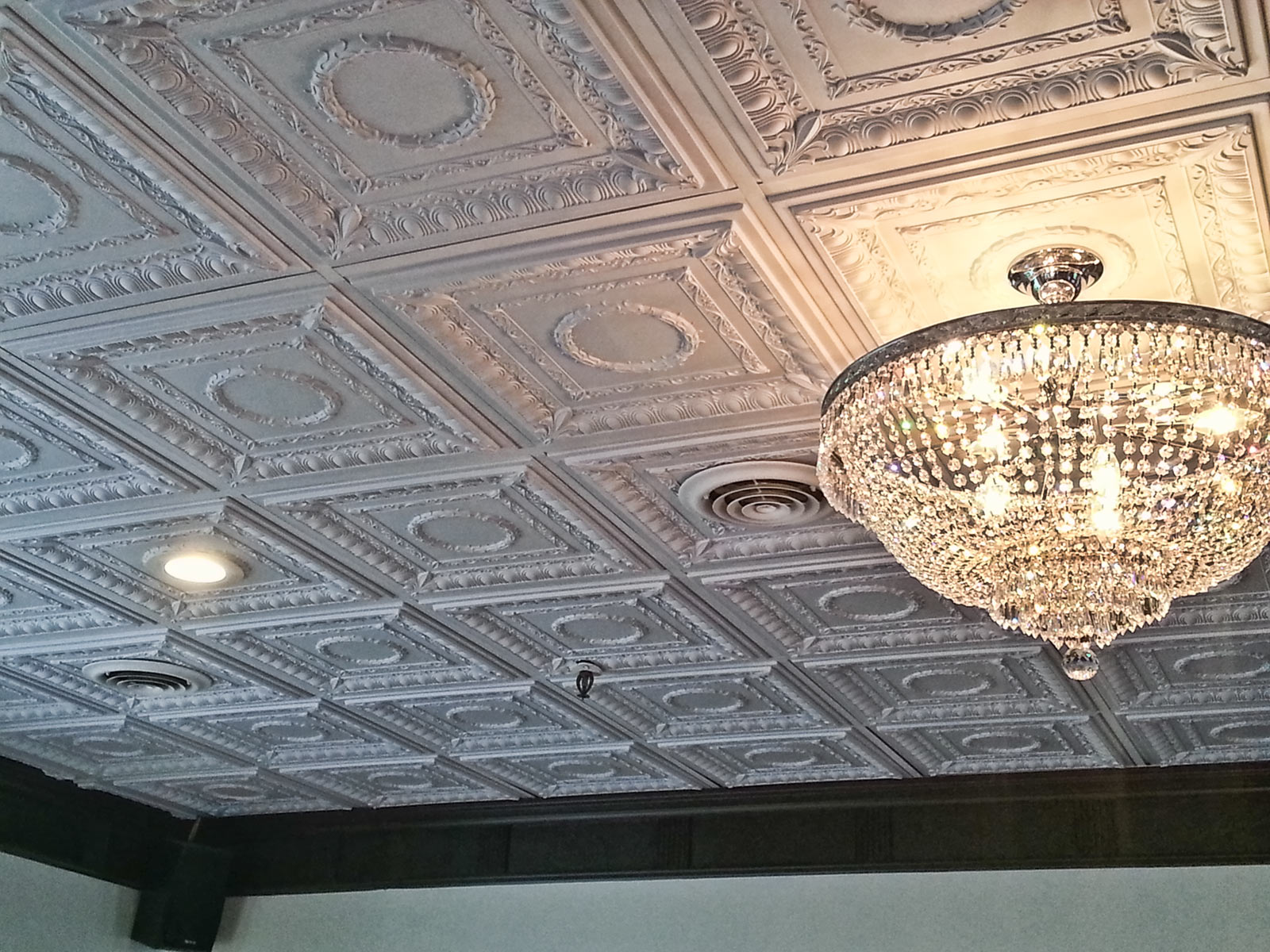
The Importance of Professional Assistance: Ensuring Safe Identification and Removal
While visual inspection and online resources can provide valuable insights into identifying asbestos ceiling tiles, it’s crucial to seek professional assistance for accurate identification and safe removal. Certified asbestos inspectors and abatement professionals have the expertise, training, and specialized equipment necessary to properly assess and manage asbestos-containing materials.
Professional asbestos inspectors can conduct comprehensive inspections of your property, including sampling and analysis of suspected asbestos-containing materials. They can accurately determine the presence of asbestos, assess the condition of the materials, and recommend appropriate abatement measures if necessary.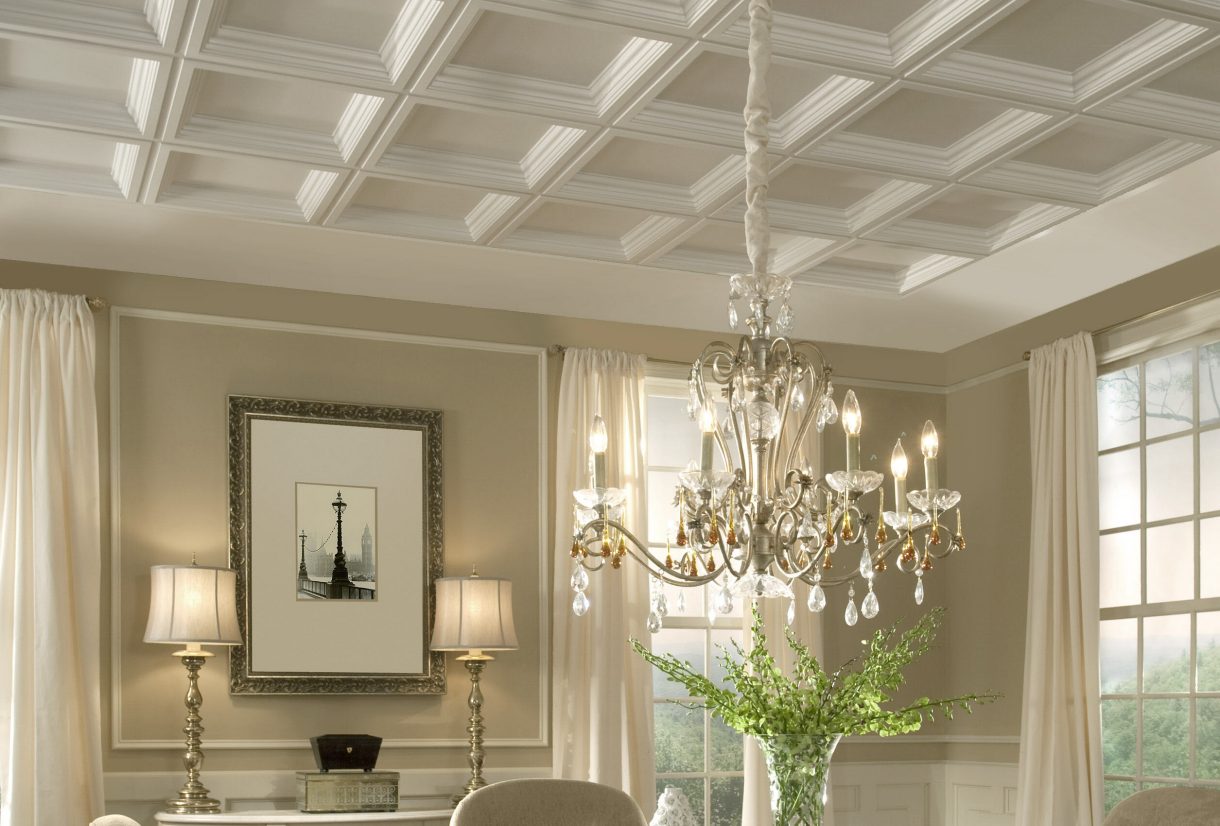
Conclusion: A Visual Guide to Identifying Asbestos Ceiling Tiles
Identifying asbestos ceiling tiles through pictures can provide valuable insights into their appearance, characteristics, and potential hazards. By understanding the visual characteristics of asbestos-containing materials and familiarizing yourself with common types of asbestos ceiling tiles, you can better recognize these materials and take appropriate steps to address potential health risks. However, it’s important to remember that visual inspection alone is not sufficient to confirm the presence of asbestos, and professional testing and analysis are necessary for accurate identification. By following proper testing and abatement procedures, you can safely manage asbestos-containing materials and protect the health and well-being of building occupants and workers.
By seeking professional assistance for the identification and removal of asbestos ceiling tiles, you can safeguard the health and well-being of yourself, your family, and others who may be exposed to these hazardous materials. Prioritize safety and peace of mind by consulting with certified asbestos professionals to address any concerns related to asbestos in your home or property.


